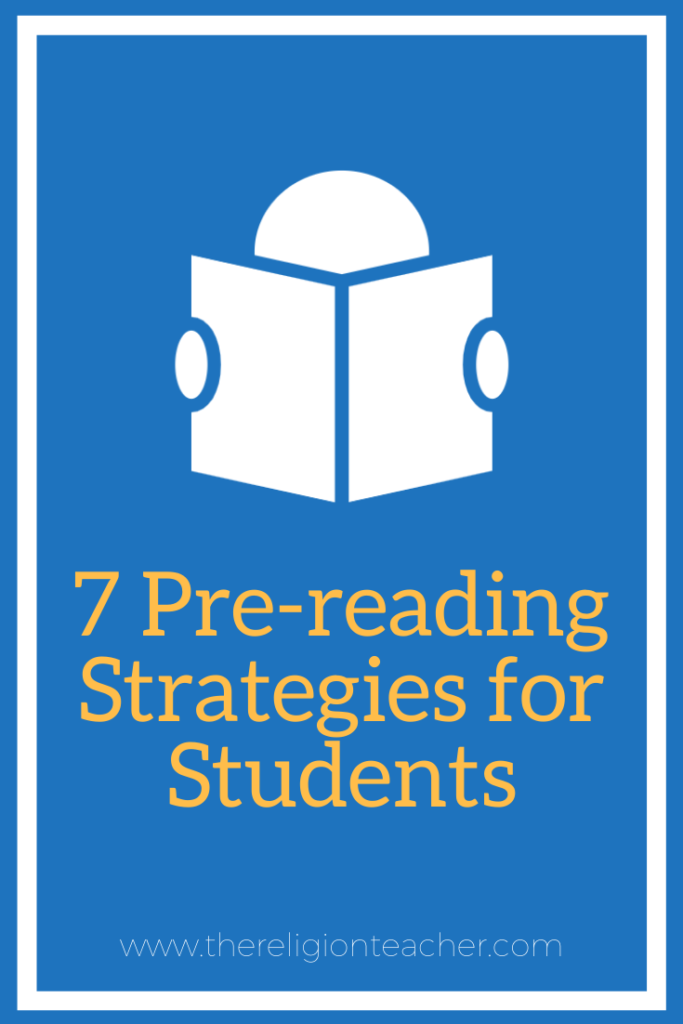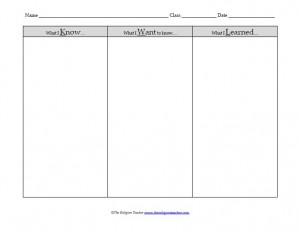Guided Reading Strategies 21.4 the Napoleonic Era Answers

Effective reading comprehension is essential to studying the Catholic faith. Being able to read and understand the Scriptures is an obvious reason for this.
Since textbooks continue to be a primary teaching tool at all levels of religious education, catechists and religion teachers should have a number of teaching strategies and activities up their sleeves to increase reading comprehension.
One way to help improve comprehension during reading is to prepare students ahead of time. With some prior knowledge about what they will read, understanding is sure to increase.
In essence what these activities do is create some prior knowledge that students can activate as they are reading. We naturally understand better when we know something about what we are reading, even if it is a small amount.
How to Do Pre-reading
Pre-reading starts with a survey of the reading assignment. Here are five ways to survey a reading ahead of time:
- Read the titles and subtitles of the chapter or reading.
- Look closely at the pictures, graphs, and captions in the assigned reading.
- Note the bold and italicized words
- Note words that are repeated often.
- Read the first and last sentence of each paragraph.
With this survey, students can:
- Make a list of questions that might be asked about the assigned reading
- Make predictions about what they think the reading is about
- Write a few summary statements
- Create an outline or mind-map that can be filled in as they read
Pre-reading Strategies
1. Expectation Outline
A pre-reading strategy where students skim through the assigned reading and write down questions they expect to answer or outline statements that correspond to the reading. Have them return to their outline during the reading to either answer, correct, or fill-in what they written.
2. Knowledge Rating
A pre-reading strategy where students rate their understanding of certain terms or concepts from a reading assignment. You can provide students with a list of words or concepts or have them find them on their own. You may also use an actual rating system or rubric to rate their understanding.
3. KWHL Chart
Similar to the KWL Chart with an added column labeled "How I will find out…" Have students write everything they know about the topic they are studying under the K column, everything they want to know under the W column, and strategies for how they will found the answers to their W questions under the H column. Leave the third column (the L column) blank to come back to afterward to write what they learned. This can be used as either a pre-reading activity or at the start of a lesson. Use this sample KWHL Chart.

4. KWL Chart
Use a pre-created KWL Chart or have students create a KWL chart by folding their paper as if they were sending a letter. Have students write everything they know about the topic they are reading (under the K column) and everything they want to know (under the W column). Leave the third column (the L column) blank to come back to after they read for what they learned. Use this sample KWL Chart.
5. Possible Sentences
Create a list of key terms and phrases from a reading. Provide students with a list of these terms and have students use two words or phrases to create possible sentences they might come across during their reading. Afterwards have them evaluate the relatedness of their sentences.
6. SQ3R
Reading strategy where students Survey, Question, Read, Recite, Review. Use this sample SQ3R Reading Guide.
- Survey—Have students preview the title, pictures, graphs, or captions, then read the first and last paragraph of the article. Make a list below of the main points or objectives you find.
- Question—Have students write questions based on their survey of the text.
- Read—Have students read and answer the questions their wrote down as they a read.
- Recite—Have students look over their questions and be able to recite the answers without looking them up.
- Review—Have students summarize what they wrote.
7. Wordsplash
Assemble a collection of keywords for a certain reading assignment. Arrange the words on a piece of paper or on a projector in a random way. The random arrangement makes the collection of words a wordsplash.
Consider using www.wordle.net to create the wordsplash. Have students make predictions about what they will be reading based on the wordsplash.
Reader Interactions
Guided Reading Strategies 21.4 the Napoleonic Era Answers
Source: https://www.thereligionteacher.com/pre-reading-strategies-that-increase-comprehension/
0 Response to "Guided Reading Strategies 21.4 the Napoleonic Era Answers"
Post a Comment